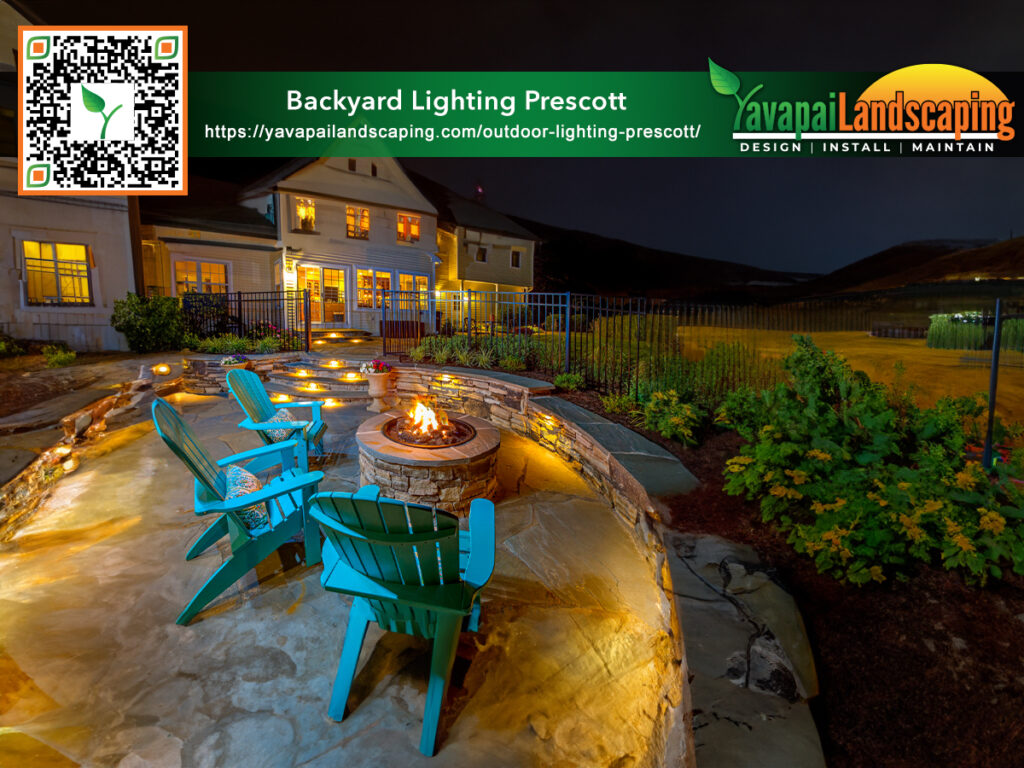Prescott, Arizona, nestled in the picturesque landscape of the American Southwest, is renowned for its natural beauty and historic charm. The city’s unique blend of rugged terrain, towering ponderosa pines, and stunning vistas make it a haven for outdoor enthusiasts and admirers of scenic landscapes alike. Amidst this breathtaking backdrop, the art of landscaping in Prescott takes on a special significance, as homeowners and designers strive to create harmony between nature and architecture.
Prescott’s Landscape: A Canvas of Natural Beauty
The rugged terrain of Prescott provides a unique canvas for landscaping endeavors. From rolling hills to rocky outcrops, the city’s natural features offer endless possibilities for creative expression. Ponderosa pines stand tall against the azure sky, while native shrubs and wildflowers add bursts of color to the landscape. Rivers and streams meander through the terrain, providing both beauty and practicality to the environment.
Prescott’s climate presents both challenges and opportunities for landscaping. With its high elevation and arid conditions, the city experiences hot summers and chilly winters. However, savvy landscapers have learned to work with, rather than against, these conditions, selecting native plants that are well-adapted to the local climate. Xeriscaping techniques, which prioritize water conservation and drought-resistant plants, have become increasingly popular in Prescott, allowing homeowners to maintain beautiful landscapes while minimizing water usage.
Creating Harmony Between Nature and Architecture

In Prescott, the art of landscaping goes beyond mere aesthetics; it is about creating a seamless integration between the built environment and the natural world. Architectural styles in Prescott range from historic Victorian homes to modern marvels, each with its own unique character and charm. Landscaping plays a crucial role in enhancing and complementing these architectural styles, creating a sense of unity and harmony.
One of the key principles of landscaping in Prescott is the concept of “softening” the built environment. This involves using natural elements such as trees, shrubs, and flowers to soften the hard lines of buildings and structures, creating a more inviting and organic feel. For example, a traditional Victorian home might be surrounded by lush gardens filled with roses, hollyhocks, and other cottage-style plants, evoking a sense of nostalgia and romance.
Similarly, modern homes in Prescott often feature minimalist landscaping designs that emphasize clean lines and geometric shapes. Succulents, ornamental grasses, and native cacti are popular choices for these contemporary landscapes, creating a striking contrast against the sleek architecture of the home.
Prescott’s Historic Gardens: Inspiration from the Past
Prescott’s rich history is reflected in its historic gardens, which offer a glimpse into the city’s past while inspiring future landscaping endeavors. The Sharlot Hall Museum, located in the heart of downtown Prescott, is home to several historic gardens that showcase the gardening practices of early settlers in the region.
The Governor’s Mansion Garden, for example, features a mix of heirloom vegetables, herbs, and flowers typical of a late 19th-century garden. Visitors can stroll through pathways lined with lavender and sage, pausing to admire the vibrant colors of zinnias and marigolds. The garden not only provides a window into the past but also serves as a living testament to the enduring beauty of traditional gardening methods.
Prescott’s historic gardens offer valuable lessons for modern landscapers, emphasizing the importance of sustainability, biodiversity, and cultural preservation. By incorporating elements of the past into contemporary landscape designs, homeowners and designers can create spaces that are not only beautiful but also rooted in history and tradition.
Prescott’s Landscaping Trends: Looking to the Future

As Prescott continues to grow and evolve, so too do its landscaping trends. Sustainability and environmental stewardship are increasingly at the forefront of landscaping practices, with homeowners seeking out eco-friendly solutions that minimize their carbon footprint and conserve natural resources.
One emerging trend in Prescott is the use of native plants and drought-tolerant species in landscaping designs. By selecting plants that are well-suited to the local climate, homeowners can reduce the need for supplemental irrigation and chemical fertilizers, creating landscapes that are both low-maintenance and environmentally friendly.
Another trend gaining popularity in Prescott is the incorporation of outdoor living spaces into landscaping designs. From cozy fire pits to expansive patios, outdoor living areas allow homeowners to enjoy Prescott’s mild climate year-round, extending their living space beyond the confines of the home. These outdoor spaces often feature amenities such as built-in seating, outdoor kitchens, and water features, creating a seamless transition between indoor and outdoor living.
Conclusion:
In Prescott, the art of landscaping is more than just planting flowers and shrubs; it is about creating a harmonious relationship between nature and architecture. By working with the natural beauty of the landscape and incorporating elements of the past into contemporary designs, homeowners and designers in Prescott are able to create outdoor spaces that are as functional as they are beautiful. As the city continues to evolve, so too will its landscaping practices, ensuring that Prescott remains a haven of natural beauty and architectural charm for generations to come. Contact us today to discover how we can help you create your own piece of paradise amidst Prescott’s stunning landscape.











